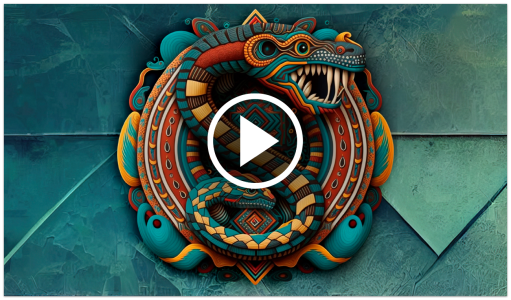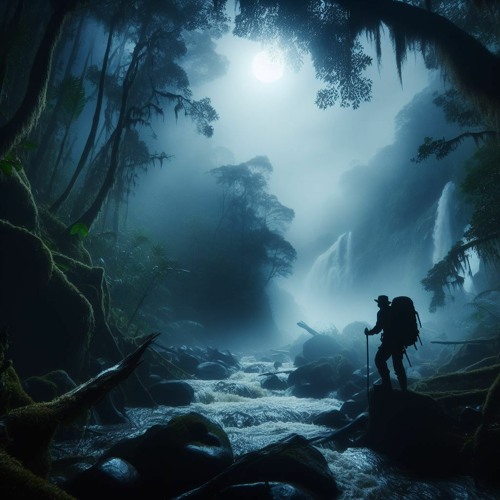marko1
Best Service Marko
Quetzal - Something between myth and reality

Embark with us on a journey on the back of the quetzal, a bird found in the cloud forests of Central America, to discover the mystical expanses of the Mesoamerican jungle's sounds.
This unique sound world brings to life the mystical era of Mesoamerican civilizations and allows you to experience the sounds of a forgotten time up close. Discover a majestic collection of clay flutes, original reproductions of the instruments of the past, and be inspired by ancient drums and over 80 soundscapes.
Quetzal offers over 7,000 individual samples and more than 50 playable instruments. With elaborate multisamples and various articulations, Quetzal provides a versatile and authentic sound palette for any production.

Quetzal is the very first product specifically developed for the Engine Player. The meticulously designed user interface makes working with the library a breeze and allows you to unleash your creativity fully. Enjoy seamless control and breathtaking sound quality with our innovative sample player!
Quetzal is the perfect tool for composers and sound designers to compose music and atmospheric sounds for films, documentaries, video games, or music of various genres.
Key Features Overview
- Over 7,000 individual samples
- More than 50 playable instruments
- Mysterious flutes telling ancient legends
- Ancient drums following the heartbeat of the earth
- 80 captivating soundscapes
- Vocals resonating with the wisdom of ancient priests
- Over 80 premade presets

The combination of an excellent selection of instruments and dreamy sonic atmospheres creates a powerful collection that leaves nothing to be desired in terms of included sounds and their quality.
Quetzal is now available for download for €159.
Crossgrade offer for owners of an ERA Library by Eduardo Tarilonte







